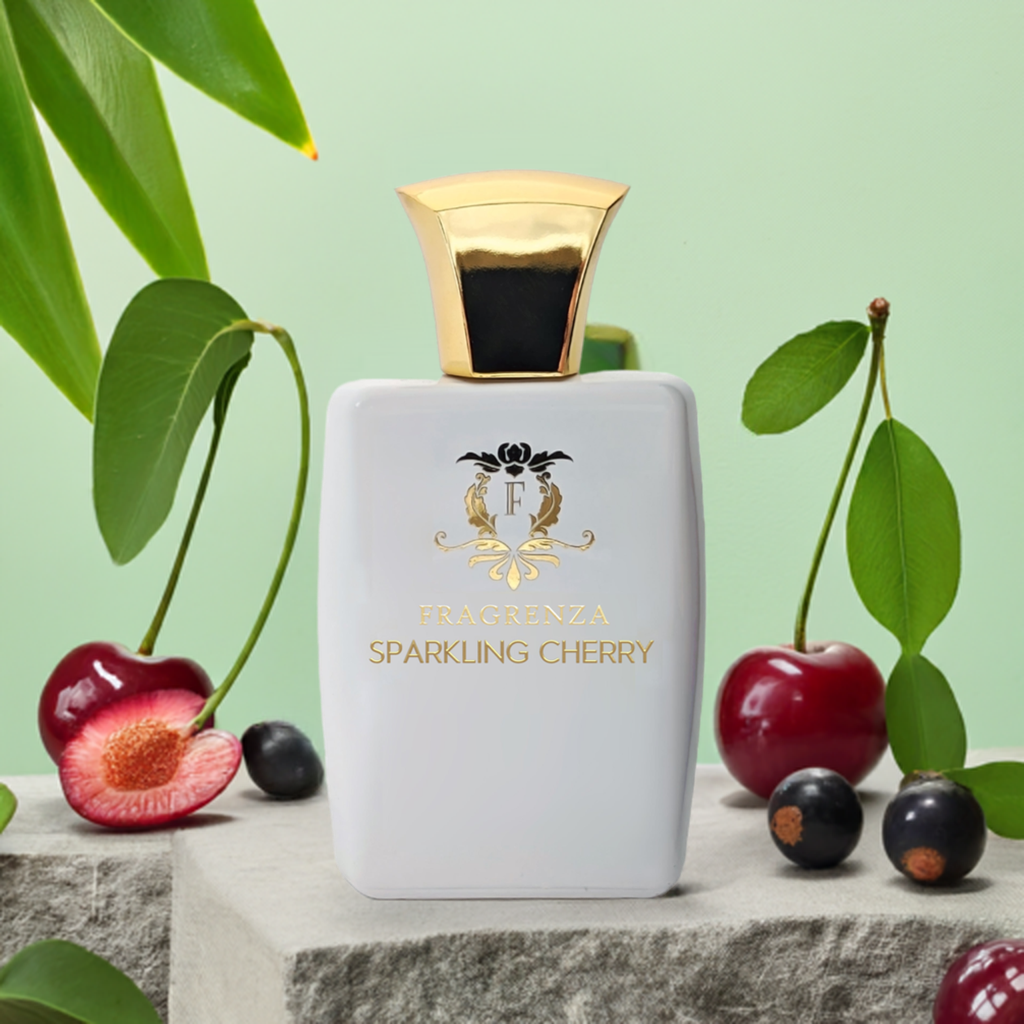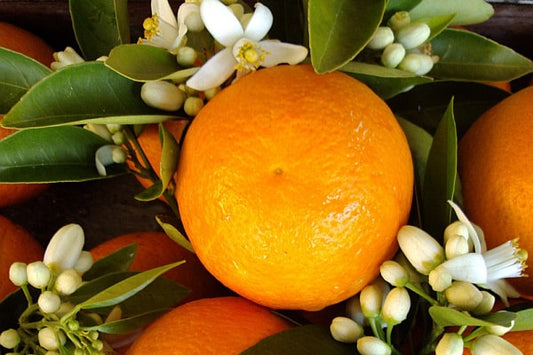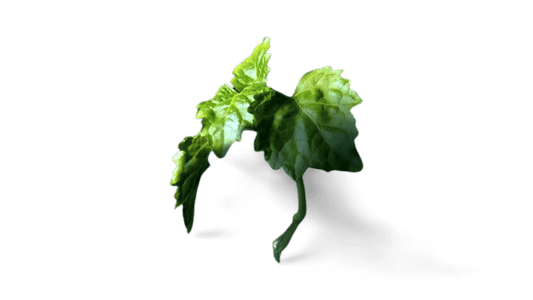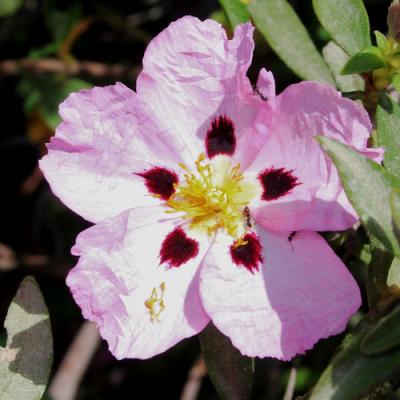No products found
Use fewer filters or remove all
Papyrus Fragrances
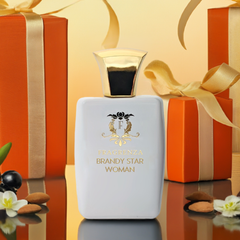
From this collection Brandy Star Woman is Amouage Sunshine Woman dupe
Explore our collection of papyrus fragrances. Shop papyrus perfumes that will captivate your senses.Pandanus Fragrances
Experience the invigorating scents of pandanus fragrances. Discover the best pandanus perfumes and immerse yourself in a refreshing aroma.Pataqueira Fragrances
Indulge in the captivating pataqueira fragrances. Explore the best pataqueira perfumes and let their enchanting scents transport you.Pearls Fragrances
Discover the delightful scents of pearls fragrances. Shop best pearls perfumes online and add a touch of elegance to your fragrance collection.Pear Blossom Fragrances
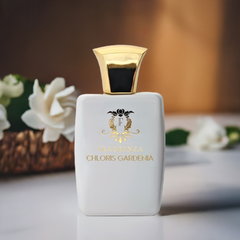
From this collection Chloris Gardenia is Gucci Flora Gorgeous Gardenia dupe
Immerse yourself in the world of pear blossom fragrances. Experience the best pear blossom perfumes for men and discover unique and captivating scents.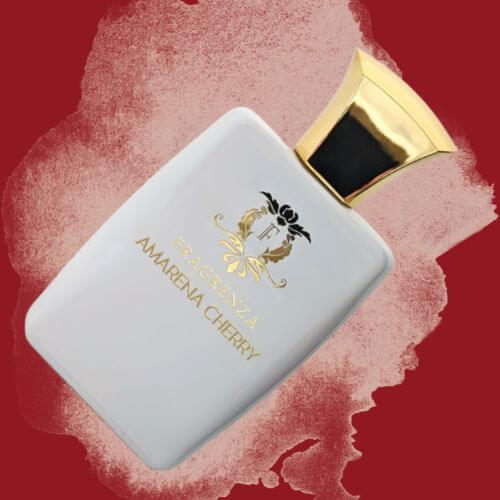
Amarena Cherry
Obsessed with cherry? If you want to really amp up the cherry scent, this Tom Ford Lost Cherry dupe will give Lost Cherry a run for its money. Black cherry, cherry syrup, and cherry liqueur all mingle together for an indulgent cherry overdose that’s complemented by notes of almond, tonka bean, Turkish rose, and jasmine sambac.
Fruits, Vegetables And Nuts
Passiflora edulis Passifloraceae
Collapsible content
Description
Botanical name: Passiflora edulis Sims f. edulis - Purple fruit P. edulis f. flavicarpa - Yellow fruit Family: Passiflores COMMON NAMES Wild passionflower, maypop, apricot vine, old apricot field, Holy Trinity flower, mayapple, molly-pop, passion vine, pop-apple, grenadilla, maycock, maracoc, maracock, white sarsaparilla. The purple form is called purple, red or black grenadilla or, in Hawaii, lilikoi;in Jamaica, it is the sweet cup of the mountains;in Thailand it is called linmangkon. The yellow form is widely known as the yellow passion fruit;it is called yellow lilikoi in Hawaii;golden passion fruit in Australia;parcha amarilla in Venezuela. DISTRIBUTION AND HABITAT The purple passion fruit is native to southern Brazil, Paraguay and as far north as Argentina. It is a highly valued export crop. It has been stated that the yellow form is of unknown origin, that it may originate from the Amazon region of Brazil, or that it is a hybrid between P. edulis and P. ligularis q. v. . Cytological studies have not confirmed the hybrid theory. Passionfruit vines grow in the wilderness and to some extent cultivated in many other parts of the Old World including the Java Highlands, Sumatra, Malaysia, Western Samoa, Norfolk Islands, Islands Cook, Solomon Islands, Guam, the Philippines, Ivory Coast, Zimbabwe and Taiwan. Purple passion fruit grows best in a subtropical climate while yellow passion fruit prefers a tropical climate with warm days and nights in high season. Annual precipitation for optimal growth should be at least 900 mm. Passionfruit tolerates a wide variety of soils and grows best on well-drained sandy loams with a pH of 6. 5-7. 5. Passion fruit is moderately shade intolerant and requires trees, bushes, or fences for support. THE STORY Passion fruit is synonymous with unique exotic flavor and aroma and amazing nutritional and medicinal properties. The names passion flower and passion fruit sound passionate, but they have nothing in common with passionate love. In fact, the names relate to the torment and passion of Jesus on the cross, and that is why passion flower is commonly referred to as the flowers of Jesus. The name passion fruit is not derived from any aphrodisiac quality of the fruit, but is said to have been named by Spanish Catholic missionaries who considered the flower to be the symbolism of the Passion of Christ in which Passus means suffering and Flos means flower. Passion fruit should actually be called passion flower fruit, but the term passion fruit is more commonly used. The Spanish colonies associated flowers with the suffering of Christ: the crown refers to the crown of thorns, the three stigmata to the nails of the cross� in other words: the common name refers to the Passion of Christ. Thus, the English prefix passion derives from the Passion of Christ, as suggested by the prominent four-branched style of the flowers. Jacomo Bosciom, a monk who wrote about the torments of Christ, obtained designs of the passion flower from Mexico, and in this strange flower he found several symbols of the crucifixion of Christ, such as radial filaments under the shape of a crown representing the crown of thorns, the ten petals and sepals symbolizing the ten beautiful disciples without Peter and Judas, the three upper stigmata are the three nails, while the five lower anthers symbolize the five plagues of Jesus. BOTANY The genus Passi ��� ora exhibits remarkable oral complexity and diversity. It exhibits several unique floral characteristics including multiple sets of brightly colored coronal filaments, diverse operculum morphology, androgynophore, and elaborate floral nectaries. The genus represents a wide range of leaf shapes and great variation in the shape of the extrafloral nectaries which are present on the leaves, stems, bracts and petioles. The genus includes about 600 species of vines, lianas and small trees. Of the 600 species of Passiflora, only one, P. edulis Sims, has the exclusive designation of passion fruit. Passiflora edulis exists in two distinct types known as P. edulis, the purple passion fruit, and P. edulis flavicarpa, the yellow passion fruit. The purple passion fruit bears a dark purple, or nearly black, rounded or egg-shaped fruit while the yellow passion fruit, P. edulis flavicarpa, is dark yellow in color and similar in shape but slightly more long as purple passion fruit. The yellow form has brown seeds. It has a firm, round, shiny shell and is sometimes referred to as sweet grenadilla. The style of the passionflower shows rhythmic movement. At anthesis, its style is in an upright position and it begins to curl over time. Depending on the curvature of the style, there are three kinds of flowers in passion fruit: a Completely Curved Style CC b Partially curved style PC c Style without curvature WC All three types of flowers can be found on a single plant, however, CC flowers are the most common and WC flowers are relatively less common. The flowers are large, attractive, colorful and fragrant, and produce abundant nectar. Some species grow fragrant flowers that smell pleasantly and sweet, with slight fruity undertones and a hint of heliotrope. Some flowers of the species have no odor and others have a rather unpleasant odor.
-
Our best sellers.
-
Adeline PDM Delina dupe Better Peach Tom Ford Bitter Peach dupe Chloris Gardenia Gucci Flora Gorgeous Gardenia dupe Fearless Love Kilian's Love, Don't Be Shy dupe Selvaggio Dior's Sauvage dupe Addict Noir YSL's Black Opium dupe Empress D&G's L'Imperatrice dupe Divino Bleu de Chanel dupe Lo amo J’Adore Dior dupe Pretty Girl Carolina Herrera's Good Girl dupe
